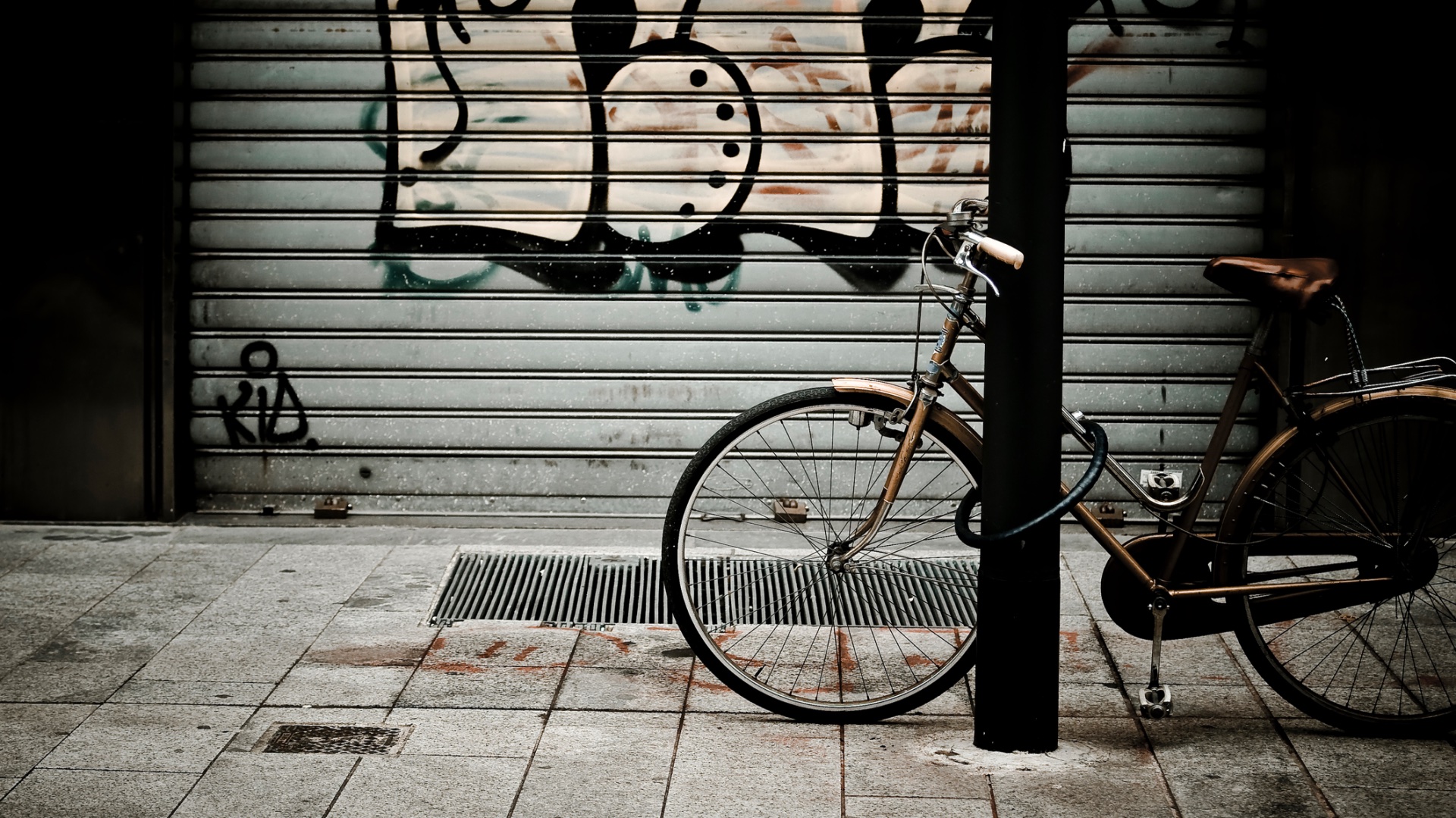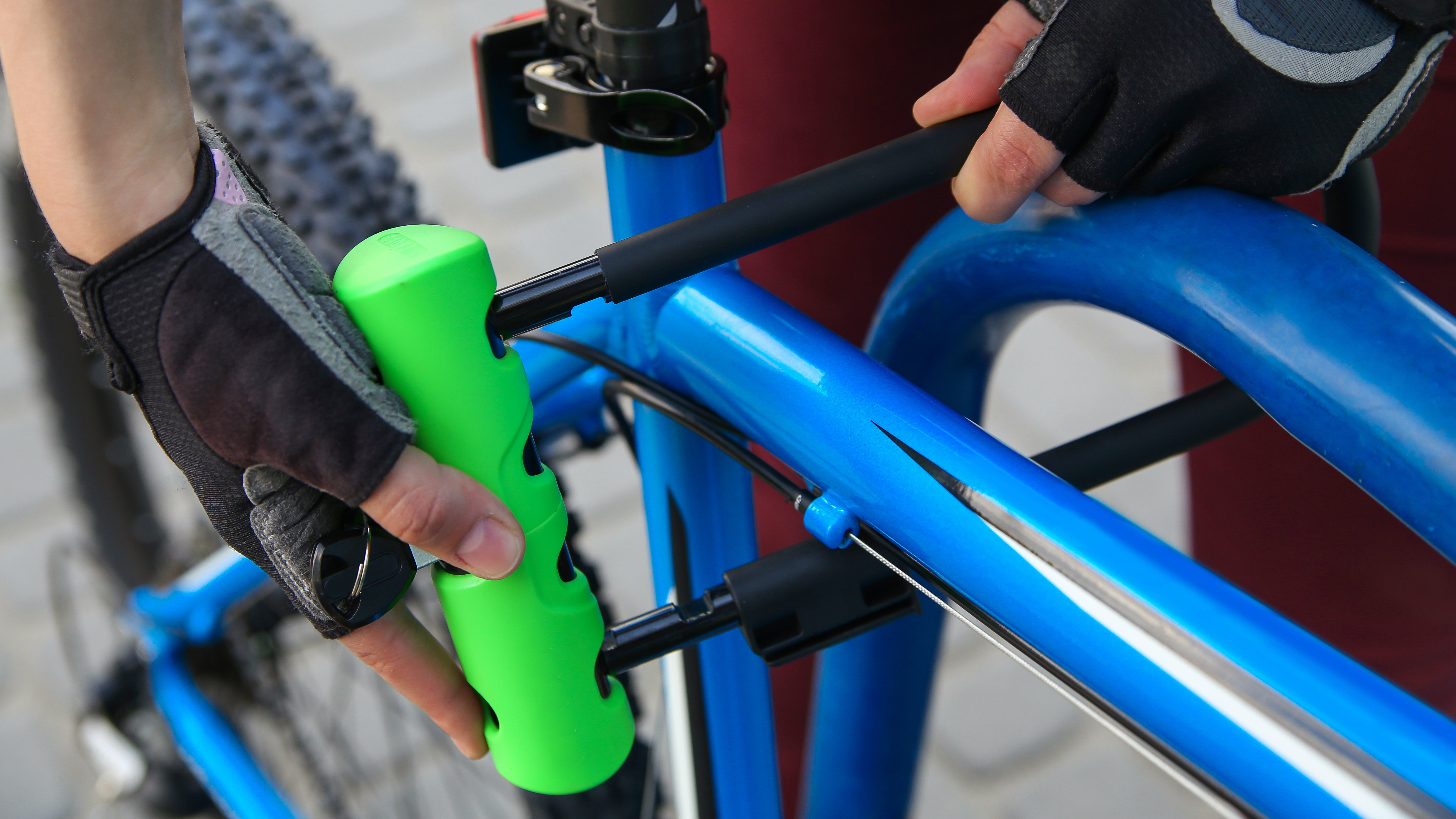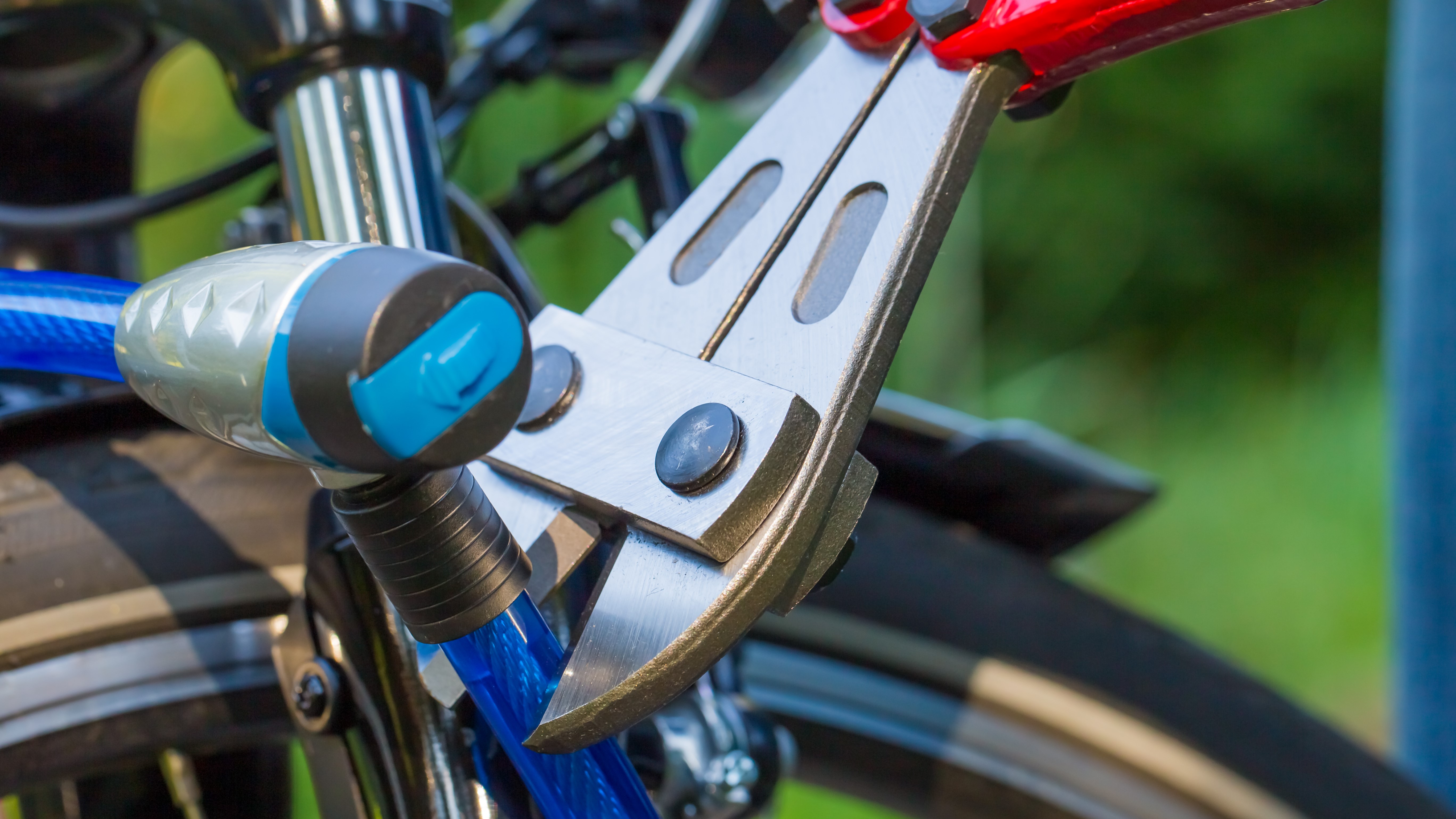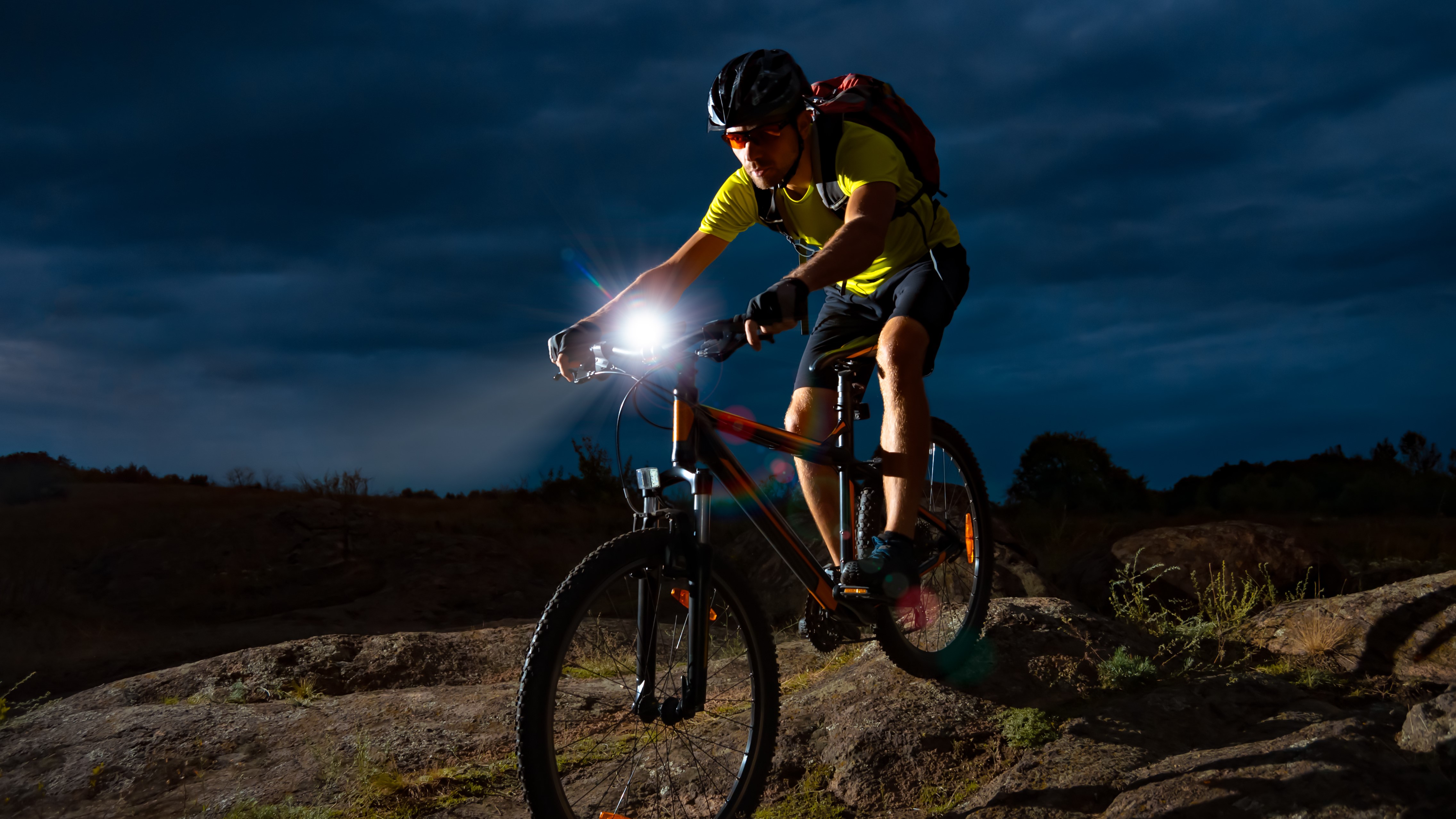How to lock your bike securely: 10 things to check before you leave your bicycle behind
Use this 10-point checklist to lock your bike properly

Are you concerned about your bicycle being stolen? Understandably, especially if your bike is expensive or your main mode of transport, proper security needs to be taken into account.
As well as our guide to the best bike locks, we put together this handy checklist to help new and seasoned cyclists feel safe when they lock their bikes out in the public. Don’t get us wrong: thieves are crafty and sometimes find a way to nick your property, even if you weld the bike to a lamp post every time you have to leave it behind. But you can make your bicycle a less desirable target by putting some effort into it – here is how to do it.
1. Get a sturdy lock
This is a no-brainer: a quality bike lock is less likely to give in if someone tries to break it off. The thicker/more robust the lock, the better. D-locks are probably your sturdiest option, followed by heavy-duty chain locks and solid-core cable locks. Make sure you follow the 10% rule: the price of the lock should be around 10% of the value of the bike.

2. Find a solid anchor point
Another obvious thing to check: is the anchor point, the object you’re going to chain your bike against, sturdy enough, or is it just a 3-feet tall bollard thieves can literally lift the bike off and walk away? Most dedicated bike locking points in cities are solid enough, as long as you can find a space. Also, make sure you check if the bike can be chained to your desired object: some property owners don’t take it well when they find 10+ bicycles chained to their metal gates.
3. Leave the quick-release axles to road racers
Quick-release axles are amazing when you get a flat in the middle of your 100-mile bender with the squad, and you need to pop that wheel off quickly to change the tyre. It’s not so great when you want to make sure the wheels stay on the bike while you’re at work. If you buy a bike with a quick-release axle that you want to use for commuting, we’d recommend swapping that axle out to a more traditional one with nuts and washers.
4. Take the saddle with you
Similar to the point above, if you have a decent saddle, it’s best to take it with you when you aren’t riding the bike. In this case, we’d actually recommend using a quick-release solution: it’ll make it easier to remove and put the seat post/saddle back on.

5. Lock the three critical points of the bike
To ensure all the parts of your bike stays put when locked, you’ll need two bike locks. One to lock the rear wheel and the frame, and another one to secure the front wheel. Some people will go as far as removing the front wheel and taking it with them to work, but if that’s not an option for you (or it’s too much of a hassle to remove the wheel), it’s best to secure it with a second lock.
Get daily insight, inspiration and deals in your inbox
Sign up for breaking news, reviews, opinion, top tech deals, and more.
6. Be unpredictable
Do you always catch the same train at the same time, leaving the bike at the same place? Thieves who monitor the area will learn your behaviours quickly and nick your bike not long after. If possible, mix things up and leave the bike at different locations and at different times, making it harder to learn your routine.
7. Check for CCTV cameras
CCTV cameras aren’t always the most useful thing to rely on – you only need a put a hood and shades on to make you less recognizable – but they provide a bit of extra security by deterring some people from fiddling around with bikes. It’s worth locking the bike in an area where there are loads of CCTV cameras, not just pointed at the bike but also elsewhere. You never know; it might pick up something identifiable about the thieves.

8. Remove all accessories
The best cycling tech such as bike lights, pannier bags, and tool boxes are easy to remove and take both by you and light-fingered thieves, so taking these with you isn’t the worst idea.
9. Be safe – everywhere
It goes without saying that bikes need to be secured when left in public areas; however, it’s a good idea to keep them securely locked at home, too. Many bicycles get stolen from back gardens and sheds, so make sure they are chained to something sturdy, no matter where they are.
10. Make your mark
Most people will recommend not having a flashy, distinctive bike as it attracts unwanted attention. However, a metal plate with your name on the frame in a visible position might make it less appealing to thieves. Whatever detail you can add to the bike that makes it easier identifiable will help not lose it, or at least easier to find.
+1. Avoid buying cheap second-hand bikes from shady sellers
The best thing to do to reduce the number of bike thefts is to avoid buying second-hand bicycles from sellers that look like they just nicked the bike they’re trying to sell under market price. If there is no demand for cheap bikes without provenance, it’ll eventually stop people from taking them illegally.
If you see a deal on eBay or Craigslist that looks too good to be true, it probably is. Stick to buying bikes from respectable sources and help reduce crime rates in your area!
Matt is a prolific fitness writer who covers everything from running shoes and watches to home weights and multi-gyms, You can often find him eating some sort of rice dish straight out of a plastic container, staring at an empty word document. When he isn’t writing fitness news, reviews and features for T3, TechRadar or Fit&Well, he’s probably out testing running shoes (wearing four fitness trackers simultaneously) or doing home workouts in his tiny flat.
